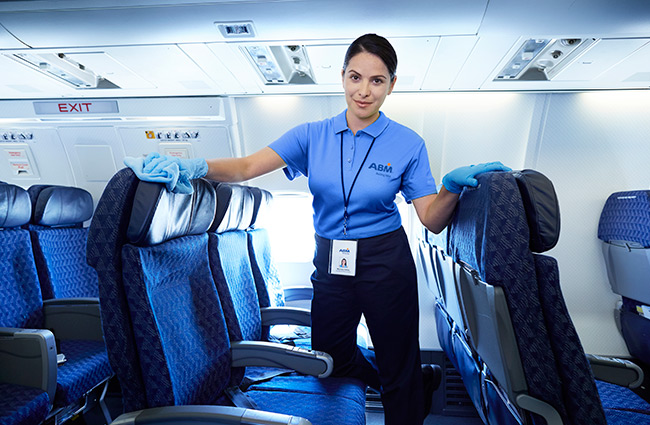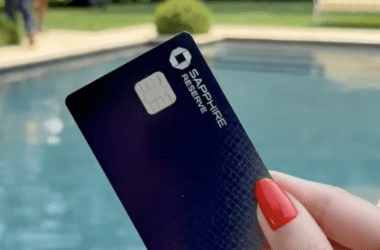A few weeks back I’d written about how loyalty programs are being disloyal to their customers. This was primarily based on the premise that loyalty programs were not being upfront in delivering on promises. Only a few weeks after that, United was the latest major US airline to announce that they’re also doing away with award charts.
A recent Bloomberg piece goes further in its analysis. It builds the that argument since most of the legacy programs are dead, it’s time to build loyalty through international programs that are still largely distance based. Let’s examine a few excerpts and facets from the story on Bloomberg. I’ll elaborate why I agree with their reasoning but don’t completely agree with their conclusion.
Creating Complexity

Earning any status now means spending from $3,000 to $15,000 per year on airfare in addition to flying between 25,000 and 125,000 miles. And accruing miles is more difficult, too—especially painful when the price of some single one-way business class awards can reach an astronomical 465,000 miles.
This is spot on. PQD, MQD, PQM and what not. More abbreviations create more confusion. Creating more complexity in order to earn status only benefits the airline and not the consumers. Merely flying far enough and frequently enough isn’t enough any more. The Bloomberg piece gets it right in pointing out that this complexity is not a customer friendly move at all.
Partner Programs

American, Delta, and United all have dozens of airline partners thanks to alliances such as Oneworld and SkyTeam. (So does Alaska Airlines, even though it’s not in an alliance.) That means flyers can credit flights on these domestic airlines to foreign partners’ mileage programs and then redeem miles from those same programs for award flights on U.S. carriers. It may sound cumbersome, but it’s no more time-consuming than any other method—and it offers far better earning and redemption rates than U.S. mileage programs.
This isn’t as easy as it seems. Firstly, while crediting to these programs, you may not get 100% of the miles credit for crediting them to a partner airline. Secondly, partner airline programs have different expiration schedules. For example, if you fly United and credit your miles to Singapore airlines, you may get stuck. This is because Singapore Airlines miles expire exactly after 36 months from accrual. This is where the above mentioned strategy may not always be the most viable one.
My Strategy

As mentioned in one of my opening posts, my airline mileage strategy for the last 5 years or so has been like this. I’ve not been loyal to any major US airline carrier. I’m based out of San Diego, CA. Depending on where I’m flying to, I decide which airline I want to take.
For example, I recently flew to Cancun on American via SAN-CLT-CUN and on the way back on Delta via CUN-ATL-SAN. I used a combination of miles and airline credits to ensure I paid hardly anything out of pocket. Since my flight on American was considered a paid fare, I credited miles from that flight to Alaska Airlines MileagePlan.
For my daily spend, I’ve ditched co-branded airline cards and primarily focus on earning Membership Rewards and Ultimate Rewards points. This strategy protects me from a possible devaluation and helps me transfer my miles/points only when I need to book travel.
The Pundit’s Mantra
Given how quickly the legacy US Airline frequent flyer programs have changed, it makes sense to focus on earning more points in flexible points currencies. Unless you’re hub captive and travel frequently every week for work, it doesn’t make sense to chase status in a world clouded by a plethora of rules and abbreviations.
Has your mileage accrual strategy changed after the recent Delta and United devaluations? Do you tend to bank a lot of miles to international frequent flyer programs? Let us know in the comments section.
Never miss out on the best miles/points deals. Like us on Facebook to keep getting the latest content!












For perhaps 95% or more of flyers, a cashback card, and especially one that earns double cashback would be much for advantageous.
Flexible point programs are gaining more traction in response to these mileage devaluations.
In the late 90’s, Lufthansa gave 1000 miles credit for any United Shuttle flight, much more than UA did. I used that until I reached a LH award that I wanted. Then LH stopped the party.
In the late 1990’s, I credited United Shuttle flights to Lufthansa because they gave 1000 miles, much more than UA. I did it until I redeemed an award then stopped adding Lufthansa credit.
I recently earned Aegean Miles+Bonus Gold elite with Star Alliance Gold benefits. This provides the benefit of a free checked bag on Basic Economy United flights, Business Class check-in lines, and lounge access at United lounges in USA.
I earn 50% flight miles on United deep discount economy flights.
Living close enough to San Francisco SFO means I can fly SAS Scandinavian Airlines where deep discount economy flights earn 100% flight miles. Qualifying for Aegean Silver elite takes 12,000 elite miles and 2 Aegean/Olympic flight segments. One SAS round trip ticket from SFO-Copenhagen to Stockholm earns 12,000 tier miles. Ticket prices from LAX and SFO are under $500 round trip during periodic sales.
After earning Silver, Aegean Gold earned with 24,000 Tier Miles + 4 Aegean/Olympic flight segments. I earned Aegean Gold with two United round trip flights and 1 SAS round trip flight between SFO and Europe and a $136 4-segment flight from Warsaw to Crete, Greece. Total cost for 24,000 Tier Miles and 4 Aegean flights was $1,400.
Requalification for Aegean Gold takes 12,000 Tier Miles + 4 Aegean flight segments. One SAS $477 round trip ticket Oslo-SFO earns 12,000 Tier Miles. I have until March 2020 to fly 4 Aegean flight segments or pick up another 12,000 Tier Miles on other Star Alliance carriers to retain Gold elite into 2021.
You should make that your own blog post.
That’s fantastic. I fly a lot on SQ and use the same strategy to earn status on Star Alliance.
I have given up United 1K status. Wanting $15k plus taxes to maintain status is too much. I have 9 GPUs still this year. They are difficult to clear even when buy more expensive ticket so make that perk not worth it. I can fly trans Atlantic for $500 in economy, $1200 premium economy and <$2500 in biz if I show around carriers. A kayak life for me now, I must admit I am enjoying the freedom. (Same principles apply to hotels).
There are a lot of flight deals that pop up every now and then, even for premium cabins. I use those as an opportunity to earn status instead of committing 15k+ spend on a single airline co-brand card for an entire year.
I can only agree that there is no loyalty from US Airlines. I ditched my AA and DL memberhip some time ago and credit my miles with international airlines (BA, LH, AM). I am an Admirals Club lifetime member and the last change to club entrance only for Oneworld flights made this memberhip absolutely useless for me as an internationally based member flying all longhaul flight in Biz anyway. Bad service, Flight Attendents on Powertrips (which I never see on a European or Asian airline) and no loyalty to their frequent travellers, why should I give them my valuable miles/points?
Service standards have dropped. Alaska and Delta are still decent IMO compared to some of the others. Yes, but they pale in comparison to a lot of Asian carriers that I’ve flown.